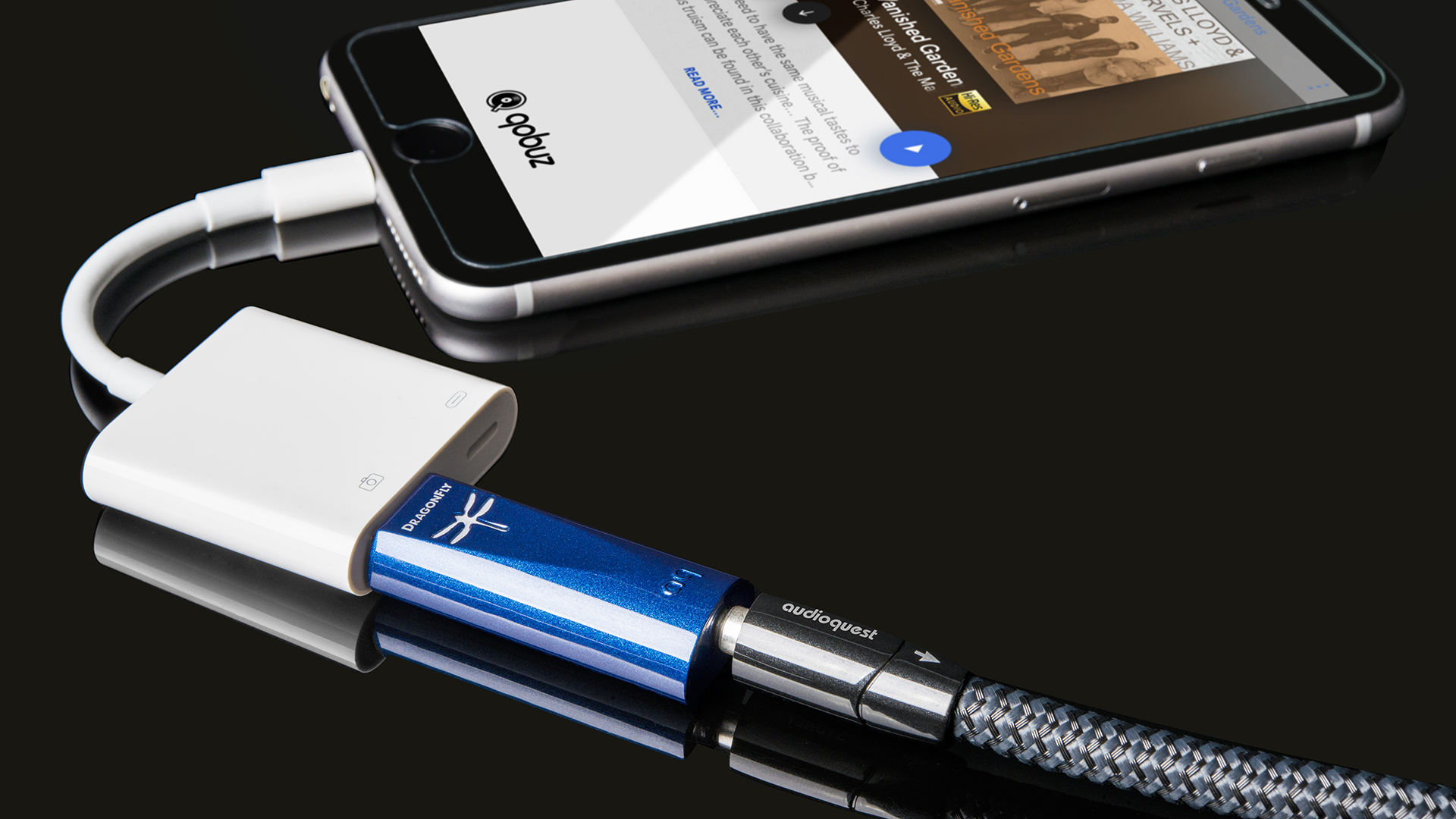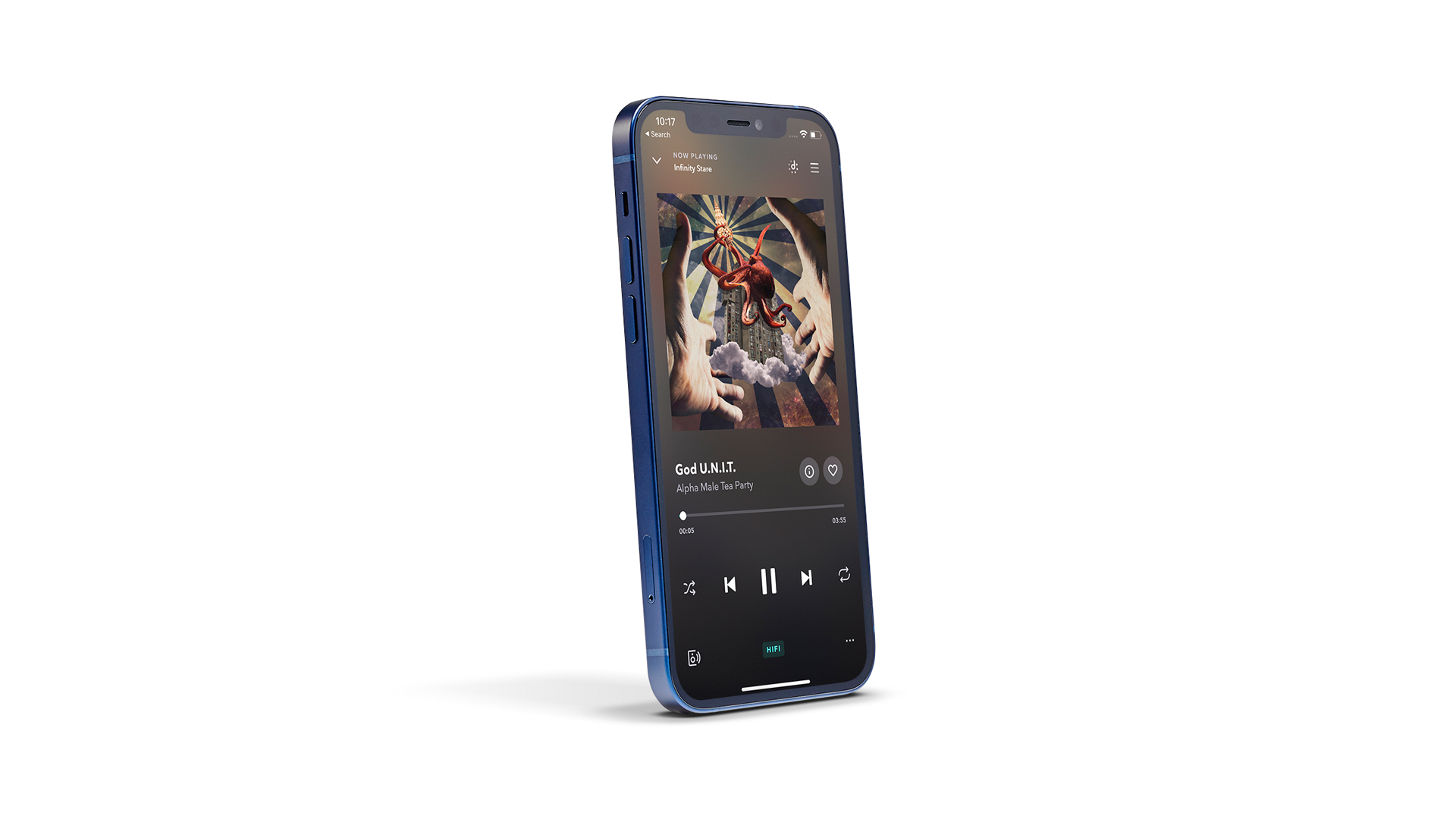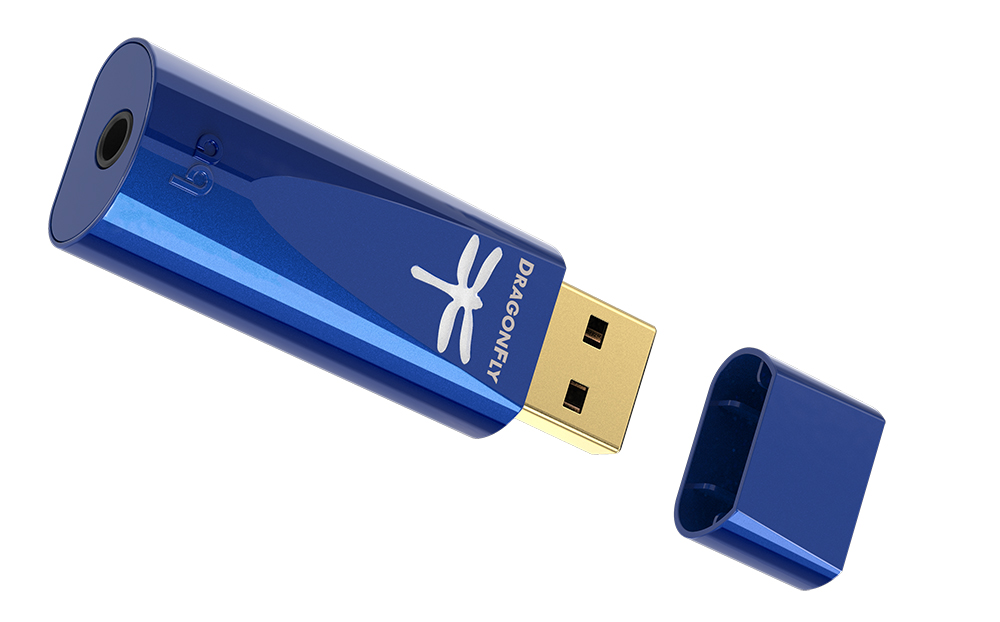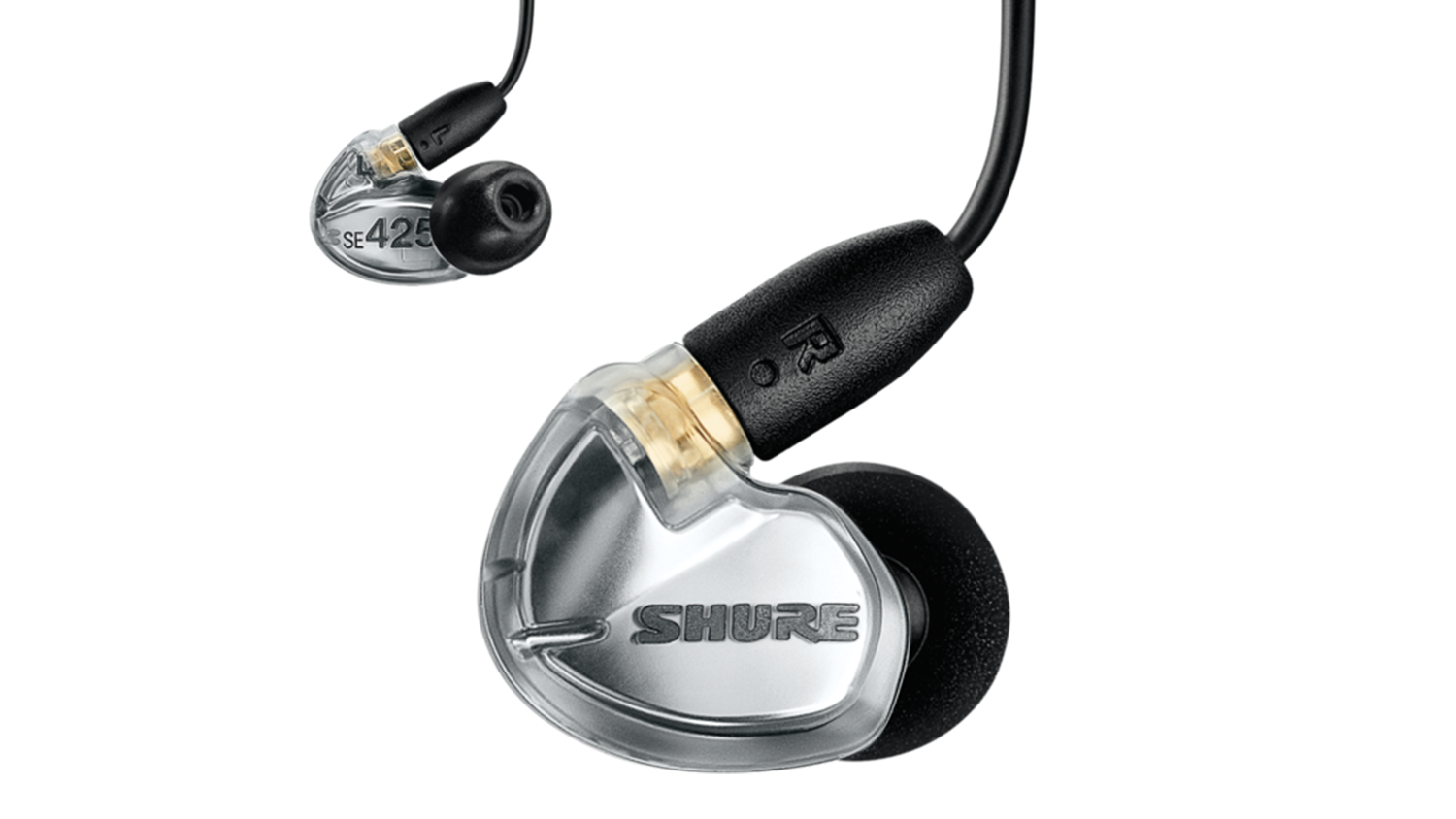Get killer on-the-go sound quality with this portable phone package
When you leave the house, don't leave sound quality behind

For the true music fan, there should be as little difference as possible between listening to your music on your home system and listening when you’re out and about – whether that’s simply being in the garden, on a walk or even (fingers crossed for the future) on your daily commute or on holiday.
Until fairly recently, though, being able to listen to your tunes on the go required a massive compromise in the quality you had to accept. That gap between home and mobile is, as is the way with technology, closing all the time – and here we have a terrific example of just how good your music can sound from a relatively simple handset and headphones combination; with a rather important addition to link the two...
- Here's a brilliant turntable, tablet and wireless speaker system
- Here's an excellent hi-fi system combining vinyl and streaming
- Enjoy CDs and streaming with this complete digital hi-fi system
The system
Smartphone: Apple iPhone 12 (£799)
DAC: Audioquest Dragonfly Cobalt (£269)
Headphones: Shure SE425 (£169)
Total: £1124

While we’re huge fans of bespoke personal music players (and for the very best sound, you should plump for one, and listen to high-resolution music files), being practical about this, it’s clear that for most people, using their mobile device is the preferred option. It’s simply more practical to use one piece of kit for everything – provided it can do a competent job. And today’s smartphones do a really fine job of being the jack of all trades. You can take your pick of the best Android or Apple devices, but for our purposes, we’re going down the Apple route here, as the Cupertino king has produced consistently great-sounding products over the years.
And, of course, for our purposes here it’s the sound that we’re thinking of. Plug in a decent pair of in-ear headphones (you’ll need Apple’s 3.5mm-to-Lightning dongle), or fire up a pair of wireless earbuds and the iPhone 12 really earns its stripes. We’ve come to expect musicality and rhythm where Apple’s smartphones are concerned and its latest effort doesn’t disappoint.
Essentially, it’s a case of more of the same, with the iPhone 12 delivering enthusiasm and musicality in spades. It works well across multiple genres and keeps you entertained right to the last second of every track.
The latest hi-fi, home cinema and tech news, reviews, buying advice and deals, direct to your inbox.
Play Michael Jackson’s Man In The Mirror and there’s plenty of sparkle in those highs during those opening seconds. The iPhone picks out plenty of detail and texture from Jacko’s voice and its ability to handle dynamics with aplomb means you feel the full impact as the vocal switches from sounding delicate in the verses to punchier and more direct in the chorus, reinforced with the backing of the gospel choir.

The iPhone is a decent music player in its own right, then. But, to really boost the sound of this little system, you need to add a good DAC. Audioquest’s DragonFly range has always impressed us with its abilities at a reasonable price. And the DragonFly Cobalt we have here is its best effort yet – although also its most expensive. You’ll need to invest in Apple’s USB camera adapter to use it (another £26/$29 to the bill, sadly), but you’ll certainly appreciate the difference to the sound the investment makes. And it’s not restricted to simply improving your mobile tunes; use this little stick on your laptop and it will be a winner as well.
Once attached to your device and selected as means of audio output, the DAC’s LED will shine one of six colours to indicate sampling rate: red for standby, green for 44.1kHz, blue for 48kHz, yellow for 88.2 kHz, light blue for 96kHz or purple when decoding MQA.
The Cobalt does wonders in cleaning up sonic performance, no matter what kind of file we feed it or whether it’s streaming from YouTube, Spotify, Tidal or playing from our own hi-res library.
AudioQuest claims its new DAC ‘strips away fuzz and fog that weren’t even noticeable until removed’, and we’d have to agree. It is so precise a rendering that we feel almost duty bound to play our highest-resolution recordings through it.
Lines are indelibly drawn round the edges of each instrument, with granular detail on offer to complement the cleanliness and military precision. The Cobalt isn’t necessarily concerned with polishing your music, only the lens through which it can be seen: bedroom recordings can still sound intimately lo-fi, purposefully screeching treble remains uncensored and grisly riffs still drag their knuckles along the floor.
You could spend your time analysing the music if you like; the Cobalt makes that easy with its wide-open soundstage and impressive clarity, but AudioQuest has not lost itself entirely in the detail, offering still a keen sense of rhythm and expressive dynamic range. The Cobalt’s hard work is also heard as it belts out grand dynamic shifts before donning its reading glasses to contour those more diminutive quivers.
The only reason some people might be put off the Cobalt in favour of the cheaper DragonFly Red is that the Cobalt is a serious performer. It improves on almost every aspect of its older sibling’s Award-winning presentation, yes; but with that added insight and maturity comes a slight loss of the fluidity that makes the Red sound so human. That doesn’t counteract any of the sonic improvements you’re getting for your premium outlay, but some may favour the Red’s more relaxed temperament.

Our choice of headphones for this on-the-go system might be a surprise to some – they’ve been around for many a year now, after all. But the Shure SE425, for all their lack of modern wireless connection, are still, after seven years, hugely competitive in-ears. As we said when giving them their gong in 2019, these simply sound fun, absorbing, classy, polished, captivating…
Get some music going and it’s as if the Shures disappear, leaving you with just their sound. To say it’s an immersive experience is an understatement. The level of finesse on offer is astonishing even at this price: you’ll hear things you never thought were there, even on recordings you know inside out.
They’re energetic, too, more than capable of handling tight rhythms and punchy rock, while never tipping over into brashness. It would be easy to overcook the top-end in the name of excitement, but Shure has kept just enough of a lid on it to create space and fun without making it feel like someone’s squirted lemon juice into your ears.
The midrange performance is as solid as you like – that vein of detail continues all the way down the frequency range.
Vocals are nuanced and placed to the fore, yet they never conflict with other elements in the same frequency range.
Move down to the bass and there’s a decent amount of thud. The sense of isolation helps with low-frequency extension too – these really do block out almost everything around you.
And, of course, that cable only helps to get them in this system. As with most hi-fi, having a direct physical link tends to help quality – and the DAC and headphone combo here is a superb recipe for sonic success.

Jonathan Evans is the editor of What Hi-Fi? magazine, and has been with the title for 18 years or so. He has been a journalist for more than three decades now, working on a variety of technology and motoring titles, including Stuff, Autocar and Jaguar. With his background in sub-editing and magazine production, he likes nothing more than a discussion on the finer points of grammar. And golf.
